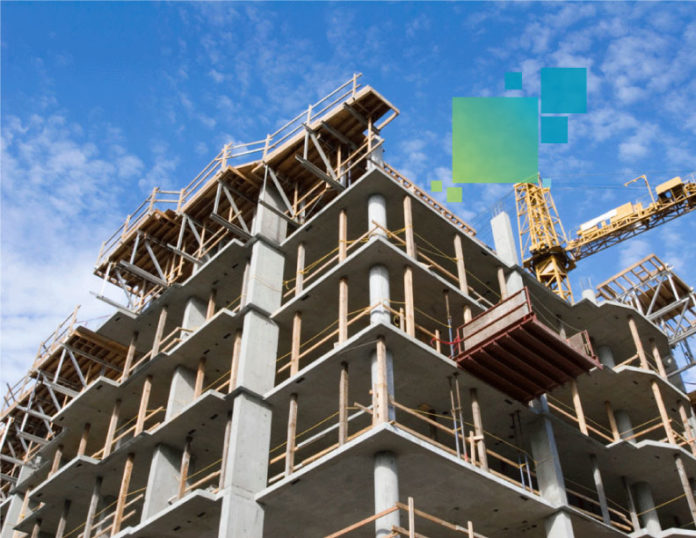Concrete construction is undergoing a rapid digital transformation. Long-held design and construction processes are rapidly giving way to digital building information modeling (BIM).
What is BIM?
Building information modeling (BIM) is a process with enabling technologies—at the core is an intelligent model that the entire project team utilizes to achieve higher quality design and construction, resulting in less schedule and budget changes. Building designers use our laser scanners, total stations and software solutions to inform the BIM model with as-built reality capture. BIM is a very powerful way to design and build. Unfortunately, BIM usually stops at the construction office with preconstruction coordination. It never makes it to the field. The digital model must be translated to 2D for the construction teams. Translation means errors, misinterpretation and no way to benefit from the 3D model.
Leica Geosystems makes it surprisingly easy for concrete contractors to put BIM to work in the field. Adopting a BIM process means more than building more efficiently… it’s also a way to stay relevant and competitive in a rapidly evolving industry.
What is the value of BIM in concrete construction?
BIM-based construction offers faster, more accurate construction results, drastically reducing rework and liability issues. The highly coordinated data model provides a very accurate and visual representation of the building to be constructed. This can be literally projected onto the construction site, bringing the accuracy in the office to the field. One World Trade Center is a good example. All concrete and steel structural elements were placed using our solutions and the placement was verified (QA / QC) using Leica Geosystems total stations.
We call our BIM solution concept the BIM Field Trip. The Field Trip is a two-way process that captures reality to BIM and projects BIM into reality. Leica Geosystems scanning hardware and software informs the 3D model with a highly-accurate as-built point cloud. New design models are built around the as-built point cloud and then literally projected onto the job site bringing BIM to reality. During construction, comparing the as-built point cloud against the as-designed model and immediately identifies deviations and headsoff expensive downstream coordination issues in the field.
You can’t achieve this kind of accuracy with a plumb bob and tape measure, especially with today’s non-geometric designs and demanding construction schedules. BIM in the field means new levels of construction accuracy, speed, confidence and savings.
What is the biggest BIM misconception?
That’s it’s difficult to get started. It’s not. We offer many entry ramps and scalable solutions for nearly any budget and timeline.
Frazier in southern California is a good example. They came to us and said, “How do we start?” We showed Frazier how to gradually move from paper to digital in a controlled progression. They love our solution. It’s simple, easy to use and the learning curve is low. They saw how to perform field measuring much faster, easier and more accurately.
I encourage anyone that’s considering BIM to talk to your Leica Geosystems rep. You’ll be surprised by how affordable and easy it is to ‘go BIM.’






